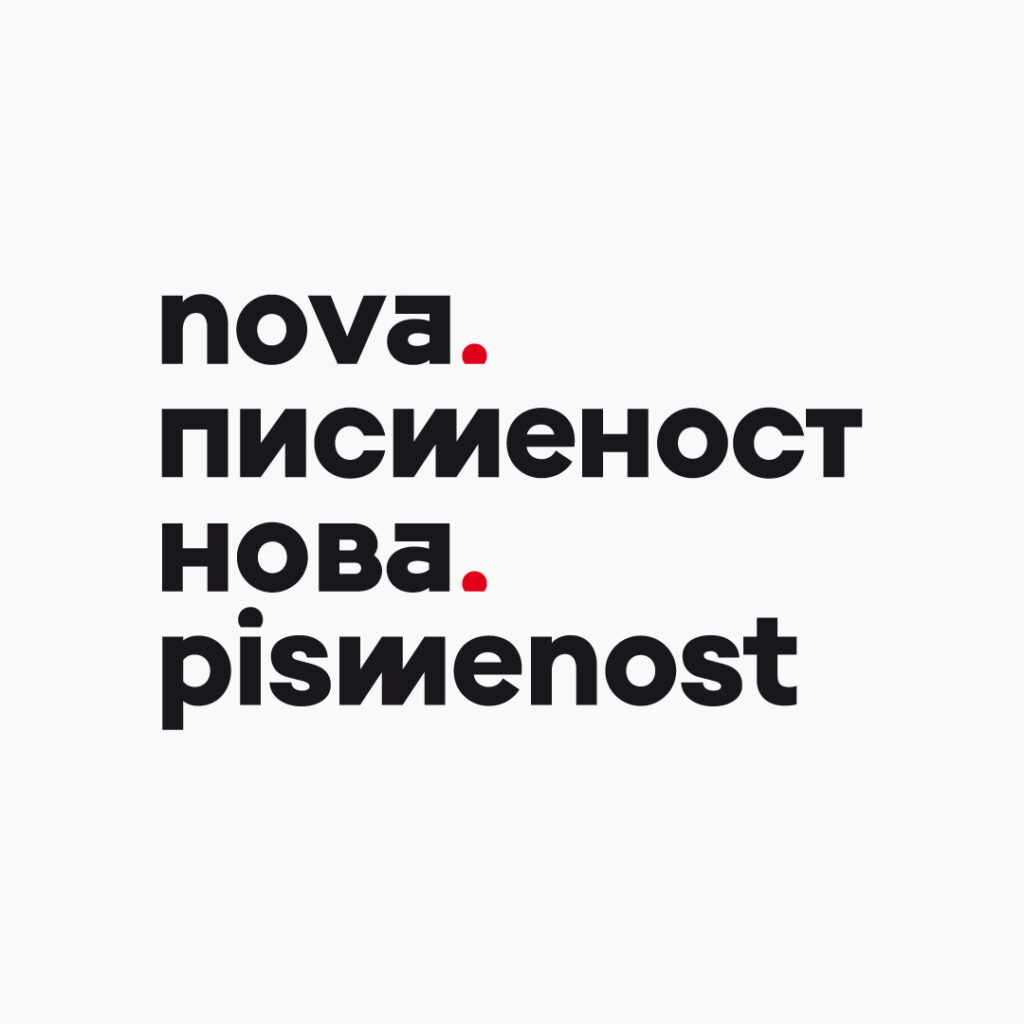One thing’s for sure: your kids—whether you’re their parent or teacher—aren’t reading this article, nor do they care about public media portals or other news outlets (all research confirms this). So relax, and let’s talk about where Gen Z and younger kids spend their time, how they entertain themselves, where they get their information, what excites them, and what makes them cry.
The answer to all these questions can be summed up in one word: online. And that’s not exactly news, is it? But the problem with today’s world—both offline and online—is that it’s so complex that we first need a deep theoretical understanding just to grasp reality in these two realms, followed by a set of practical approaches and tricks to navigate the overwhelming jungle of content. An adult might ignore this when making choices for themselves, but when your responsibility extends to the future of a young person, there’s no room for improvisation.
We often hear parents lamenting their kids’ digital skills, saying they can’t even keep up with where their children go online, what they can do on various devices, and how everything has gone to hell—so much so that their predictions about the future of the digital space are bleak and grim. Research from the New Literacy program, run by Propulsion with USAID, isn’t surprising: four out of five parents think their kids are on YouTube, but they’re actually all on TikTok; they trust influencers the most and look for ways to escape parents who think they’re helping them stay safe online by demanding their social media passwords. Who can even keep up anymore? Any parent would feel incompetent in the face of their child’s technical knowledge and digital speed. How do you help a kid? Do they even need help? Should we just step aside because who can keep up with them? So many questions, so few answers.
The younger the generation, the better their technical skills (we’re “digitally savvy,” as the experts say). But the way the digital world we live in shapes our thoughts, attitudes, and ultimately the decisions we make—that’s the realm of “new literacies.” These include digital, media, information, financial, health, emotional, and every other kind of literacy—and there’s a lot of room for improvement.
Let’s try not to lecture each other (even though that’s our first instinct) and instead listen and learn about new media and digital literacy, no matter which generation we belong to. If you’re genuinely wondering where your kids are, maybe it’s because we adults no longer know where we are either. So there’s no shame in asking someone younger—you’d be surprised how much they know. And all it takes is one click.




